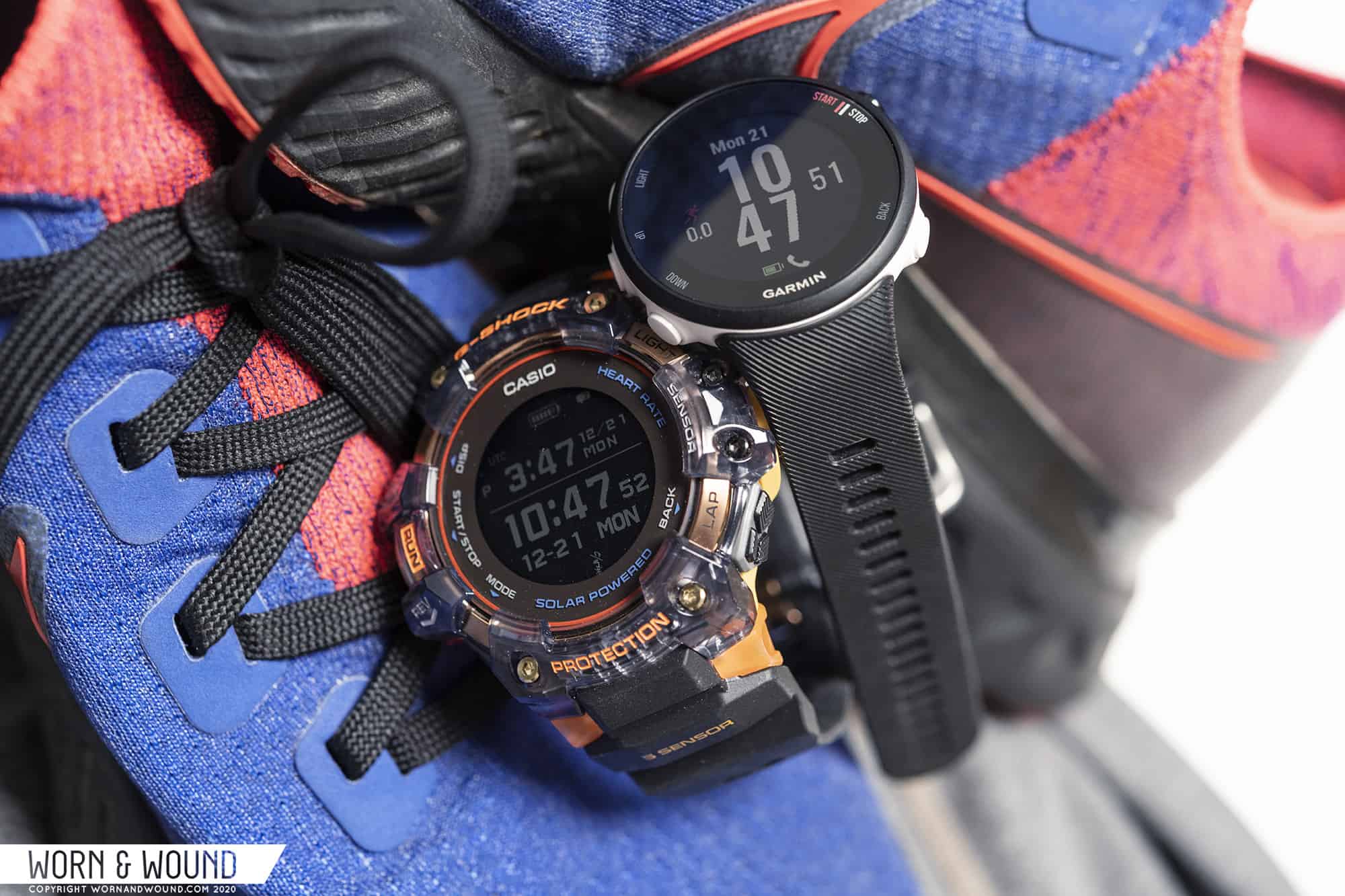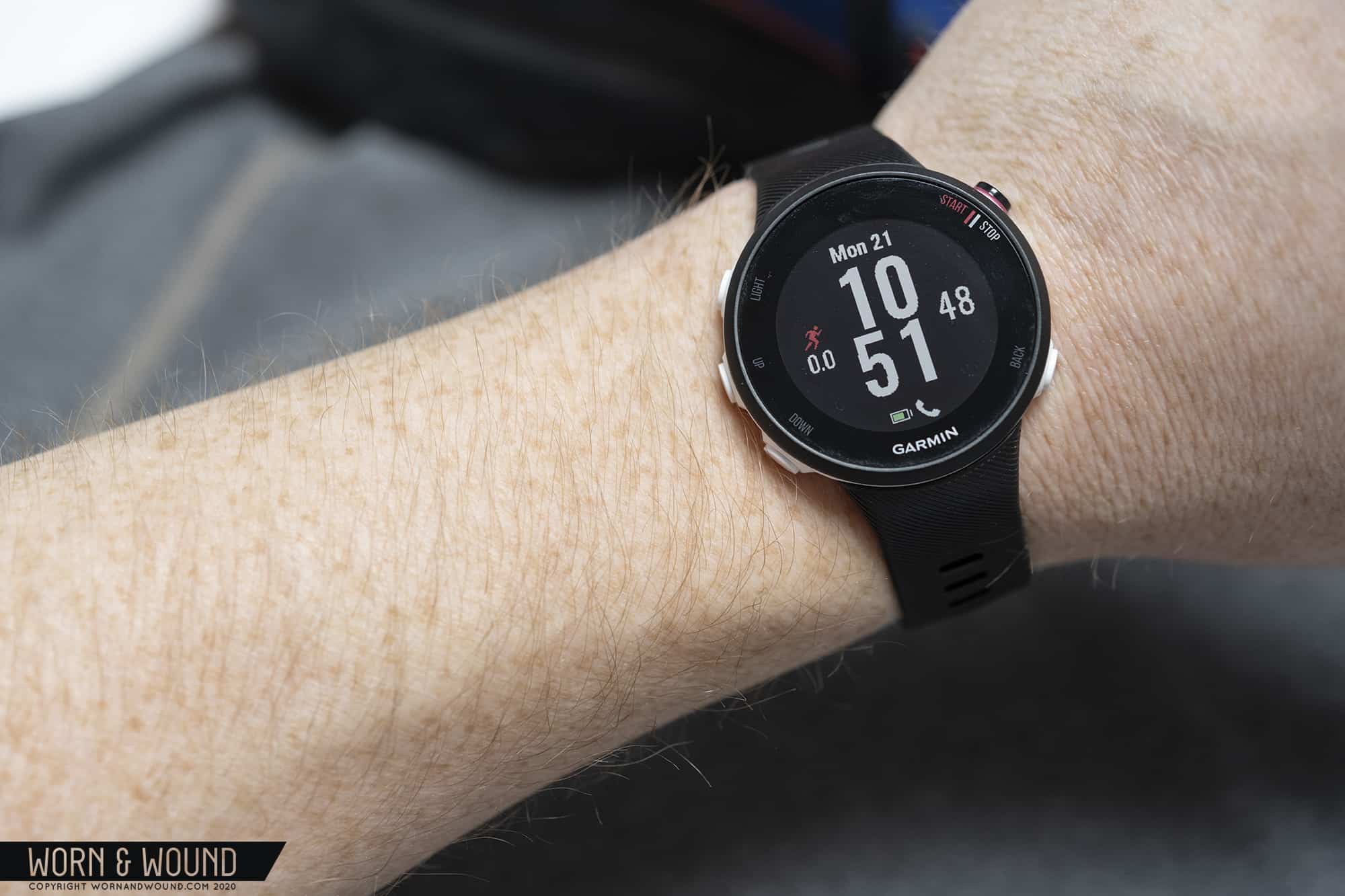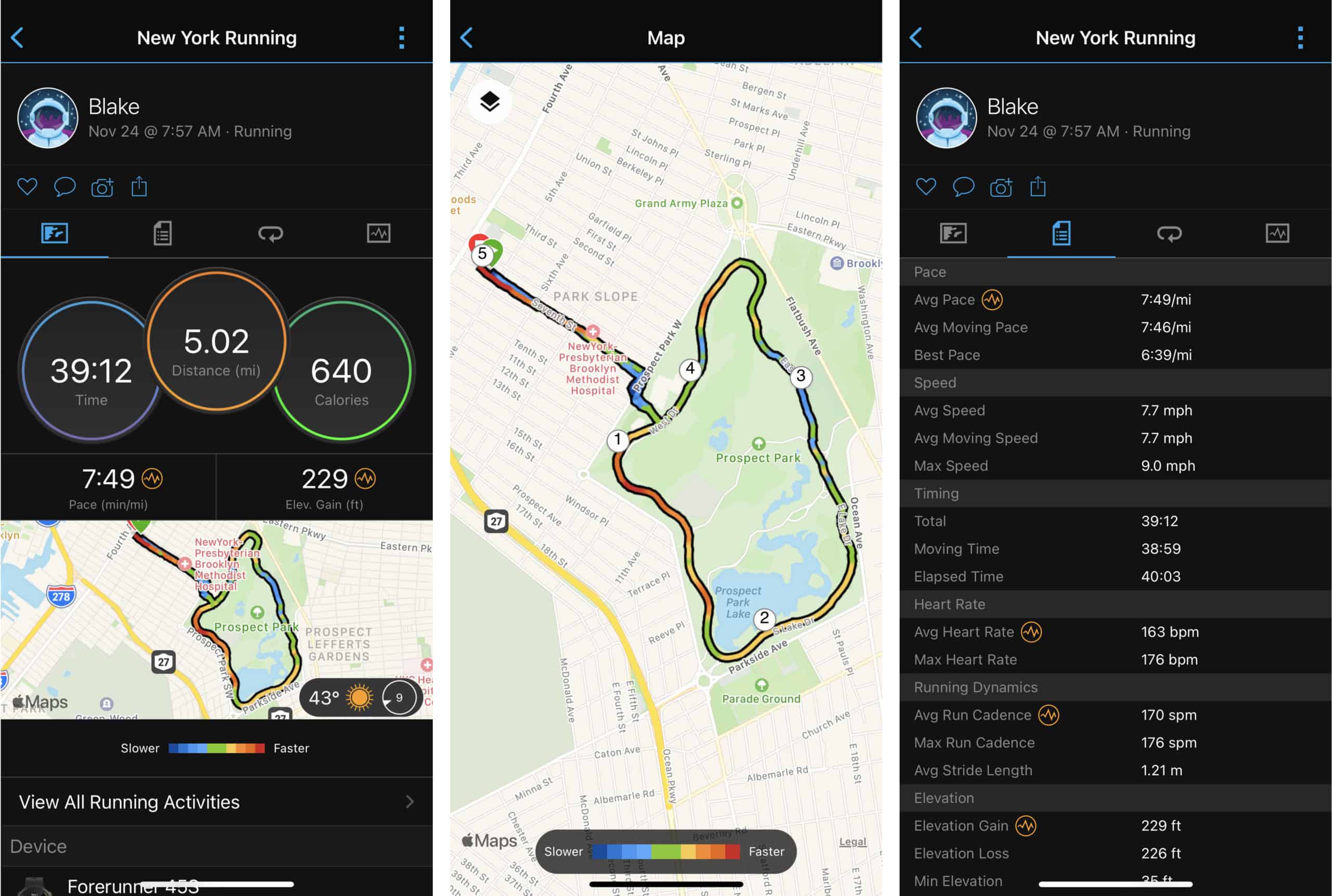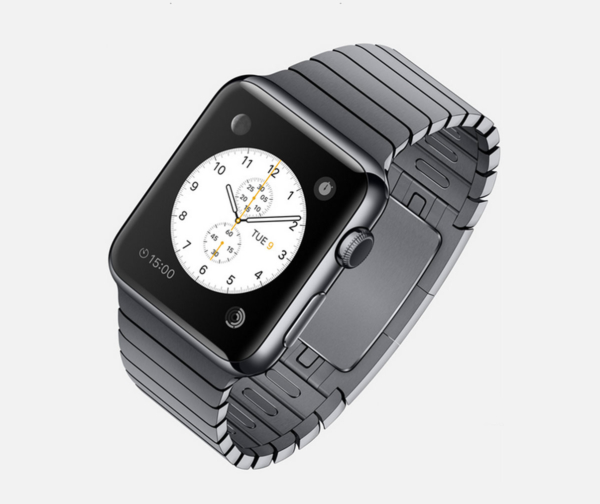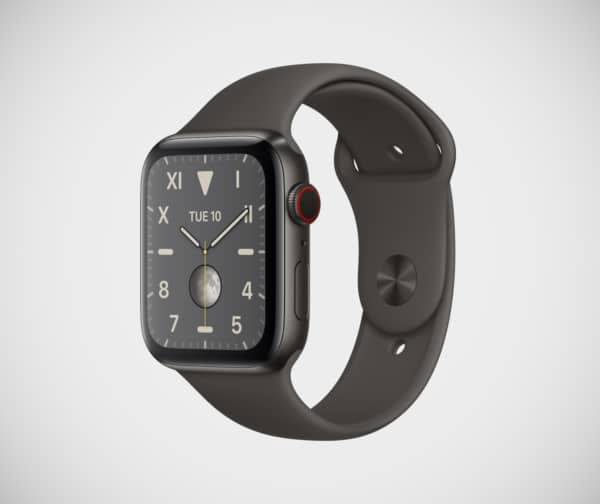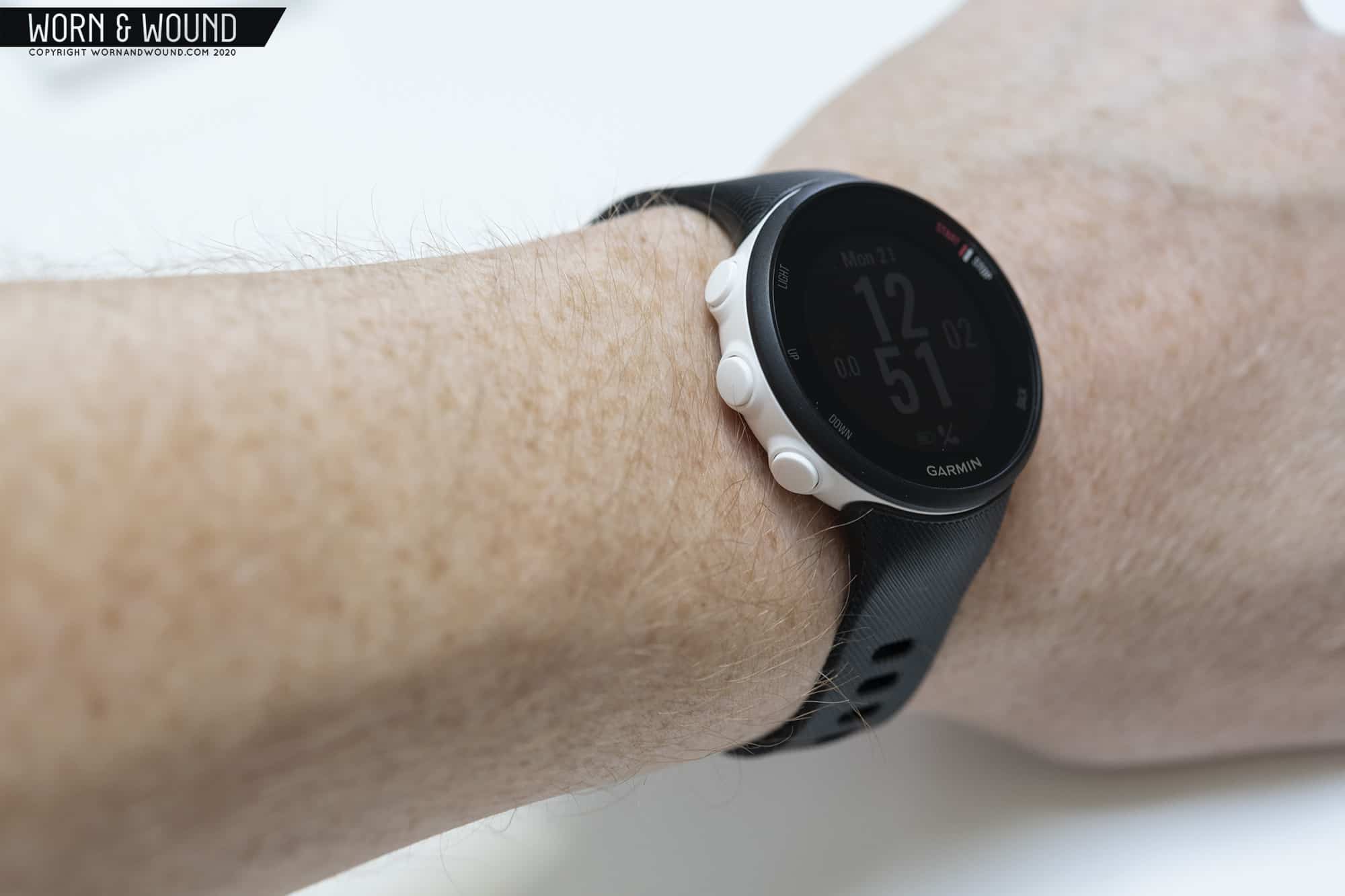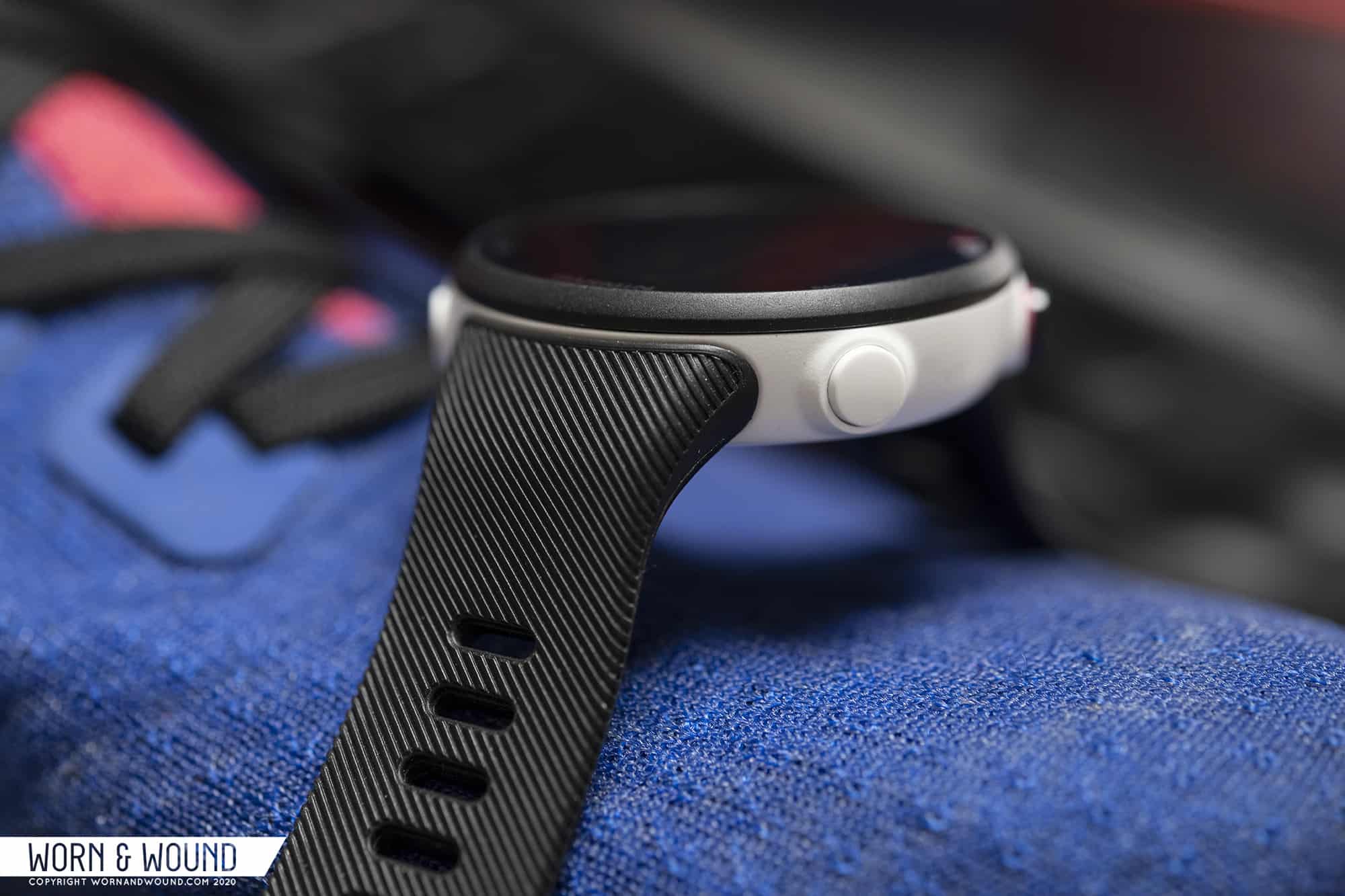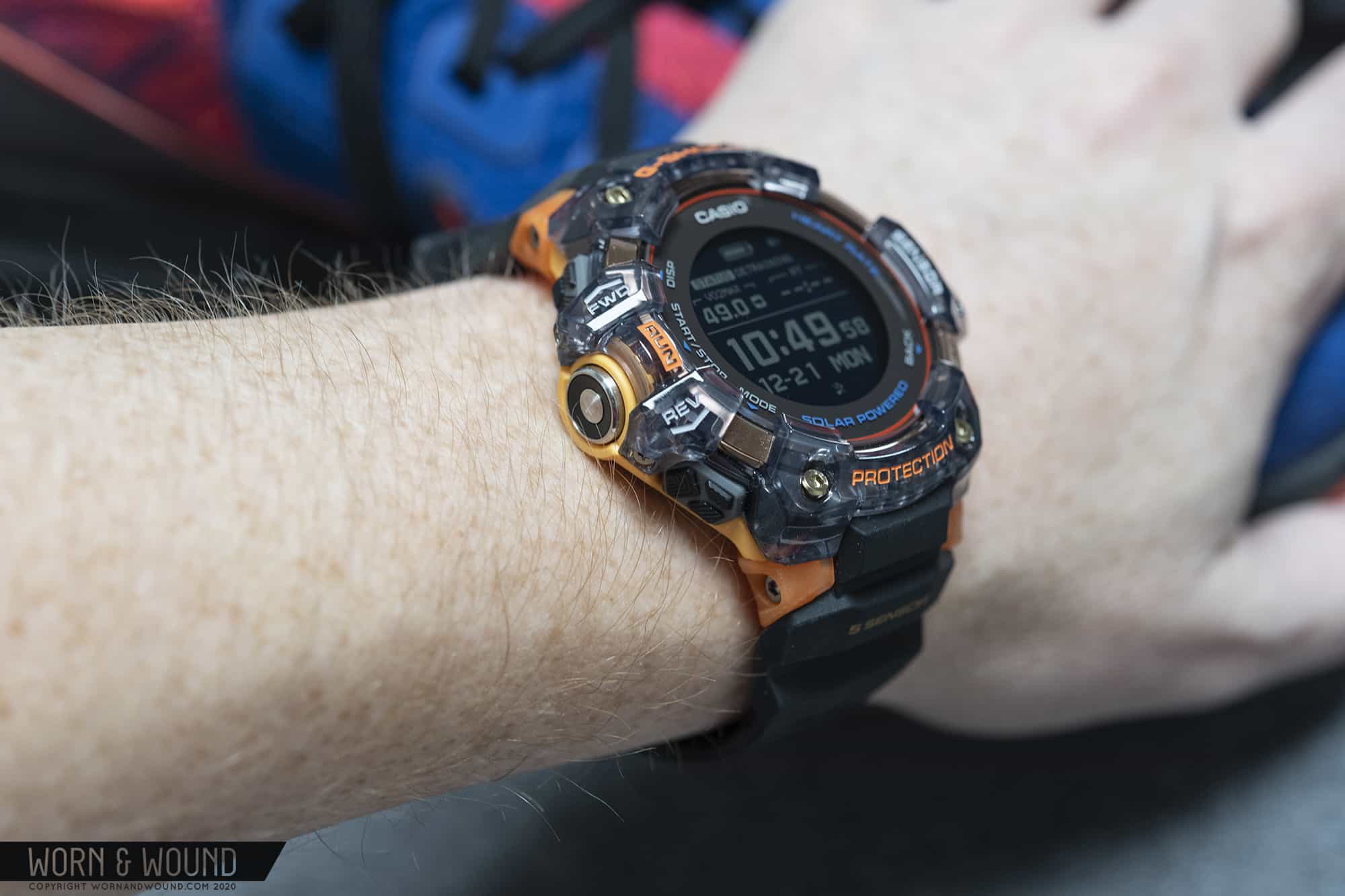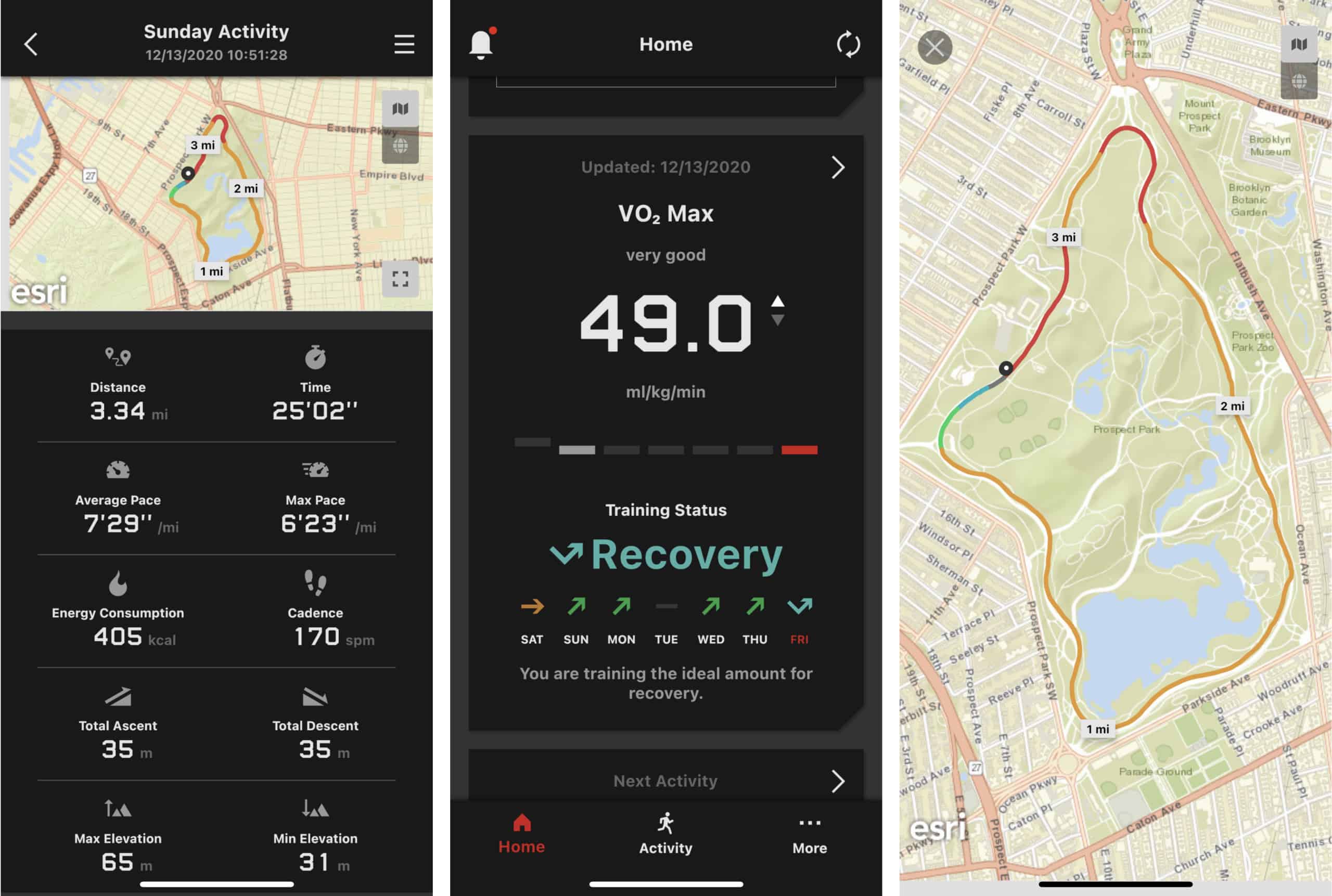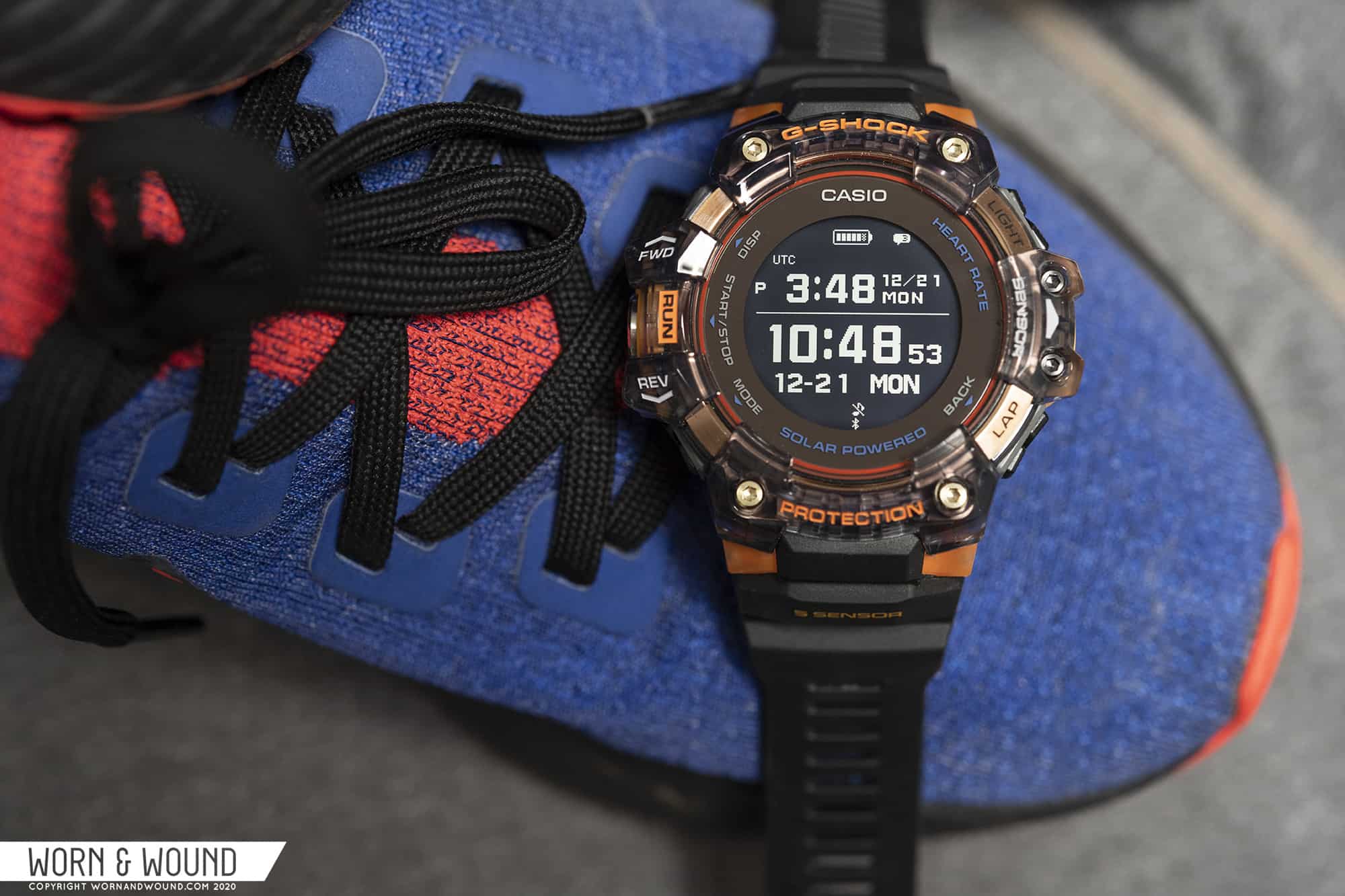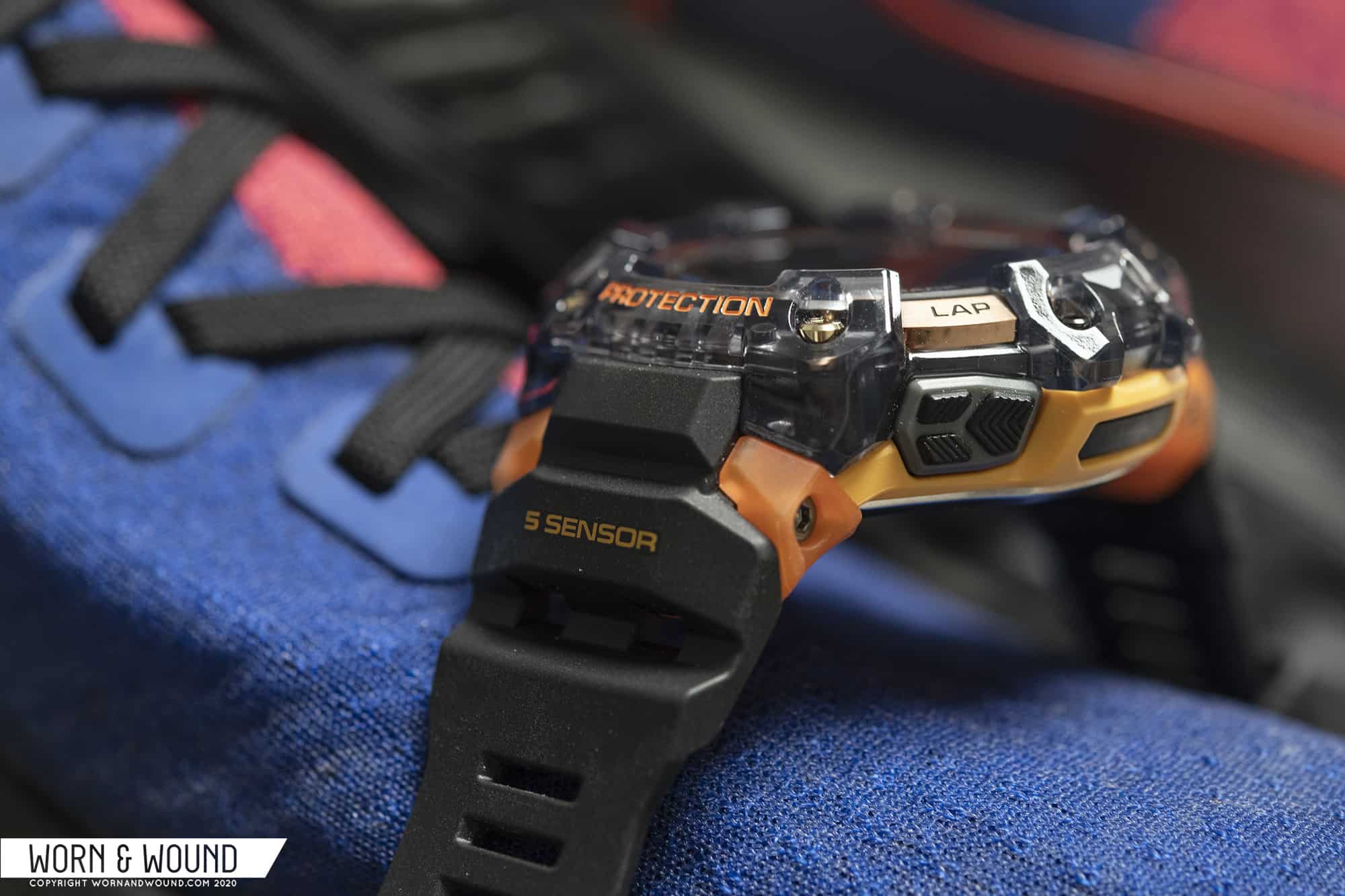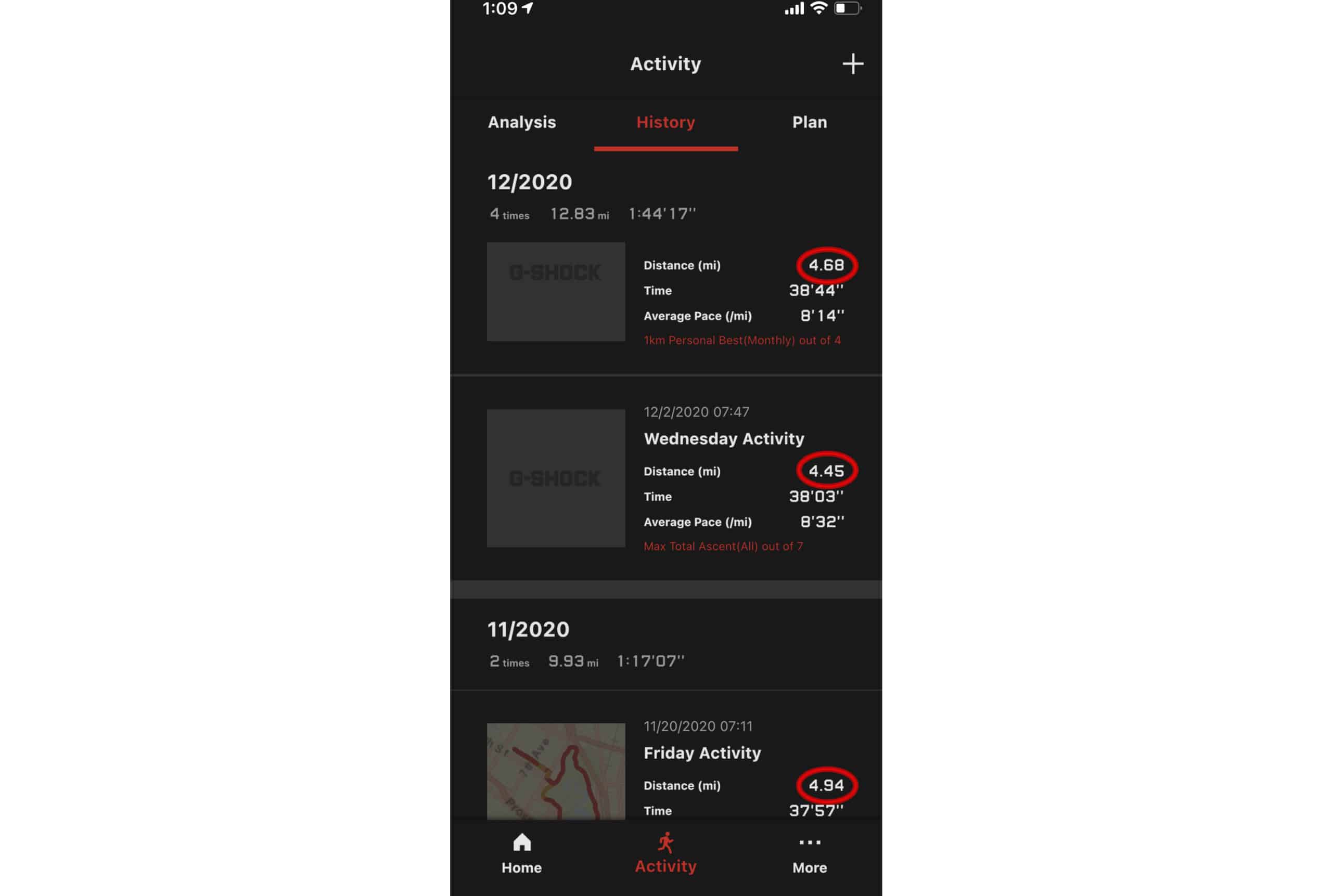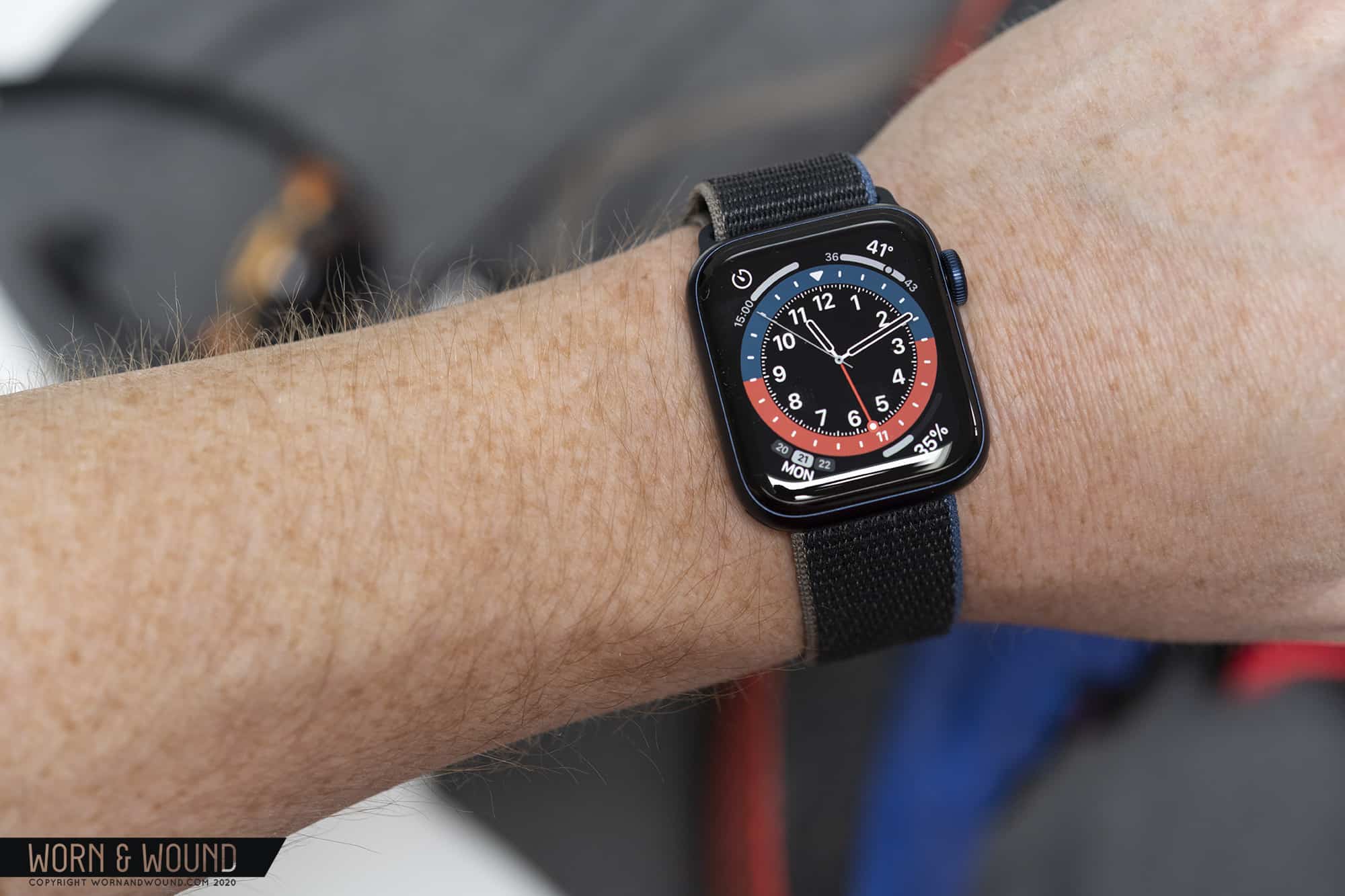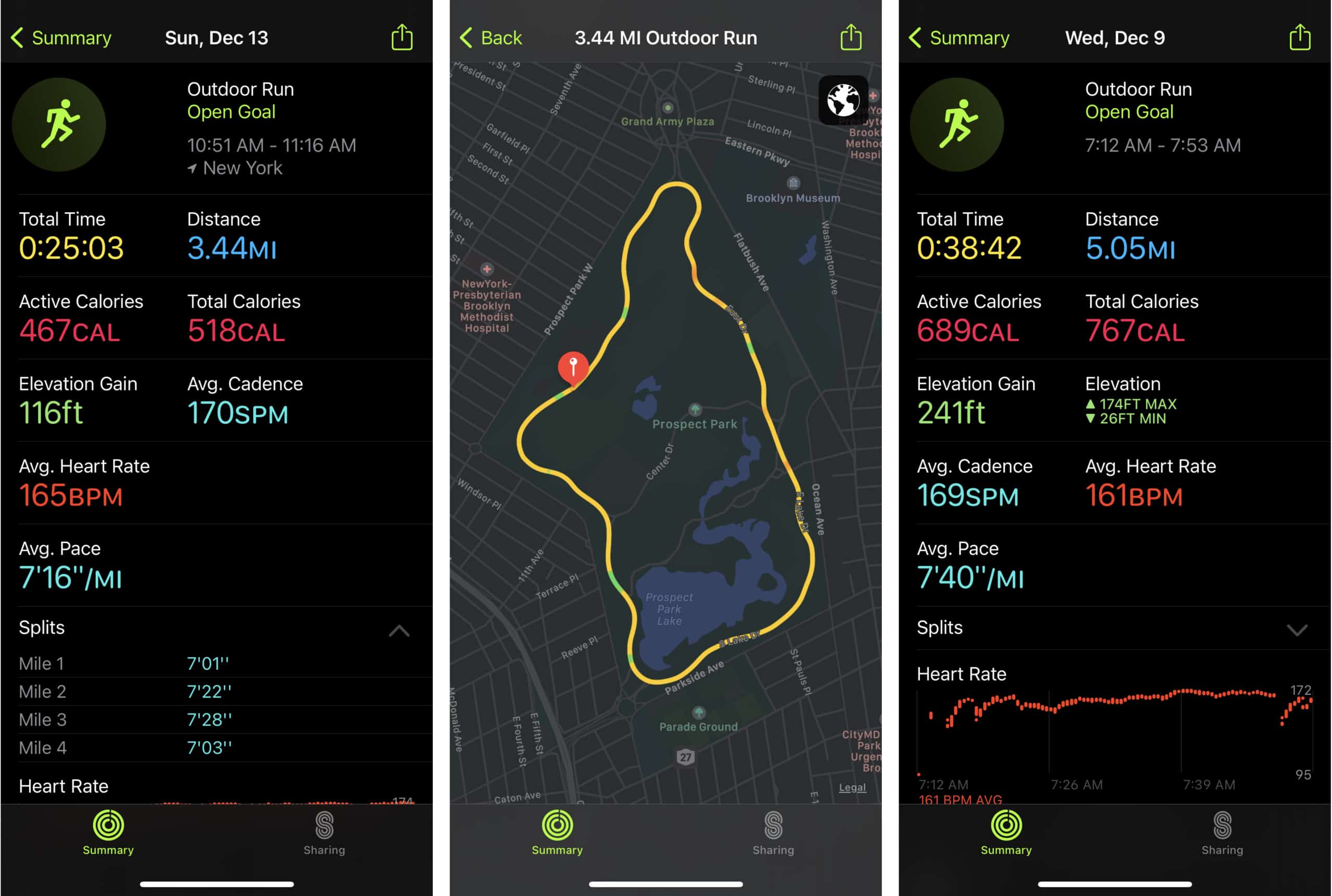We love watches for many reasons around here, chief among them is their ability to provide us a practical service in a fashionable package. It’s difficult to argue that they are a necessity, however. We are surrounded by technology that allows us to see the time and date pretty much wherever we look. Ironically, a mechanical watch offers an escape from such digital reliance. In some cases, these two worlds come together to provide a wrist bound tool that also serves a higher, more focused function. Among these are the dive computers that divers use, smart watches that athletes rely on for their training, or more commonly, to keep us motivated to hit our stand and move goals on a daily basis. Whatever that means.
As a runner myself, I’ve become enamored with options from the likes of Apple and Garmin to help maintain mileage, however these watches rarely if ever make appearances on my wrist outside the context of their intended purpose: to track my running activity. When delving into Casio’s G-Shock catalog recently, I was surprised to find a model I was unfamiliar with called the MOVE ref. GBDH1000 which seemed to house all the features prized by runners: heart rate monitoring, VO2Max calculations, and GPS capabilities allowing for route tracking and pacing. I was curious enough to request a sample to work into my routine to see just how it would hold up against similar offerings from Apple and Garmin that I already use. Casio was kind enough to oblige by sending me their latest colorway of the watch, the GBDH1000-1A4.









 Featured Videos
Featured Videos





